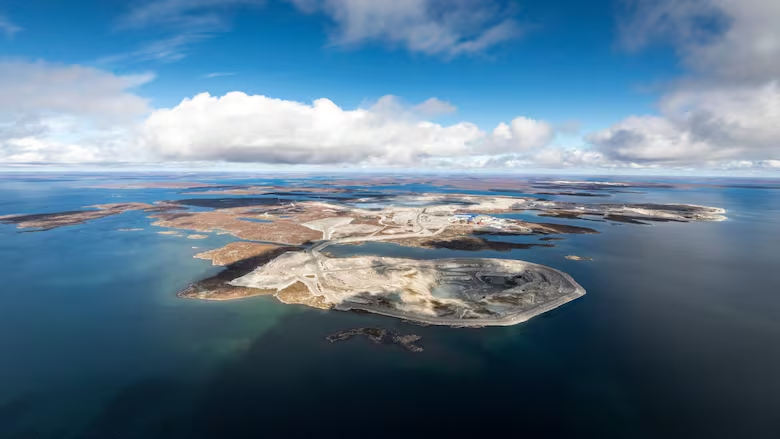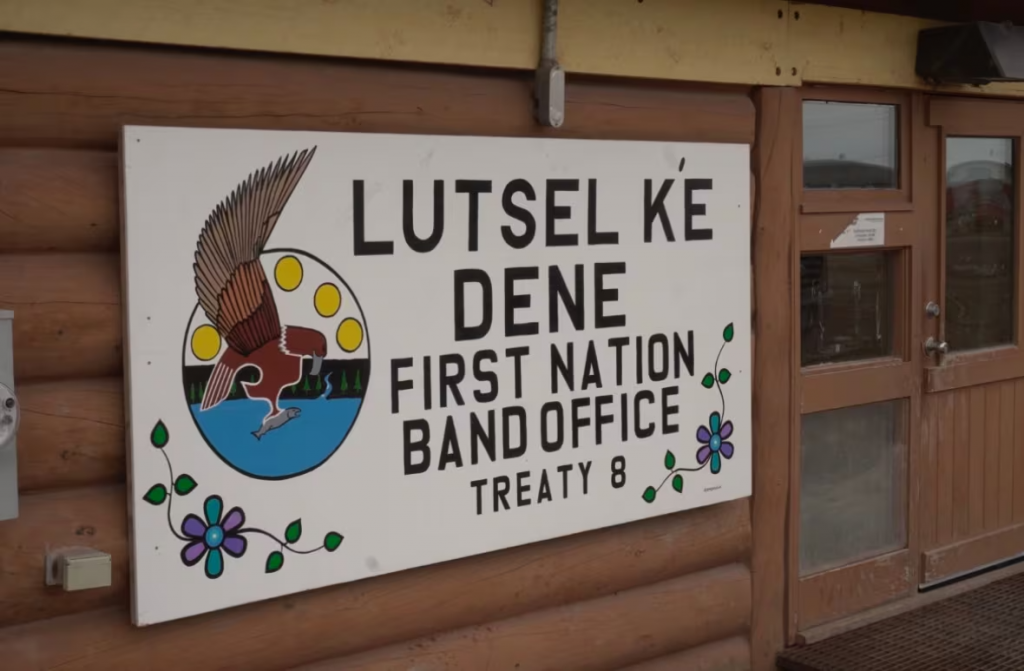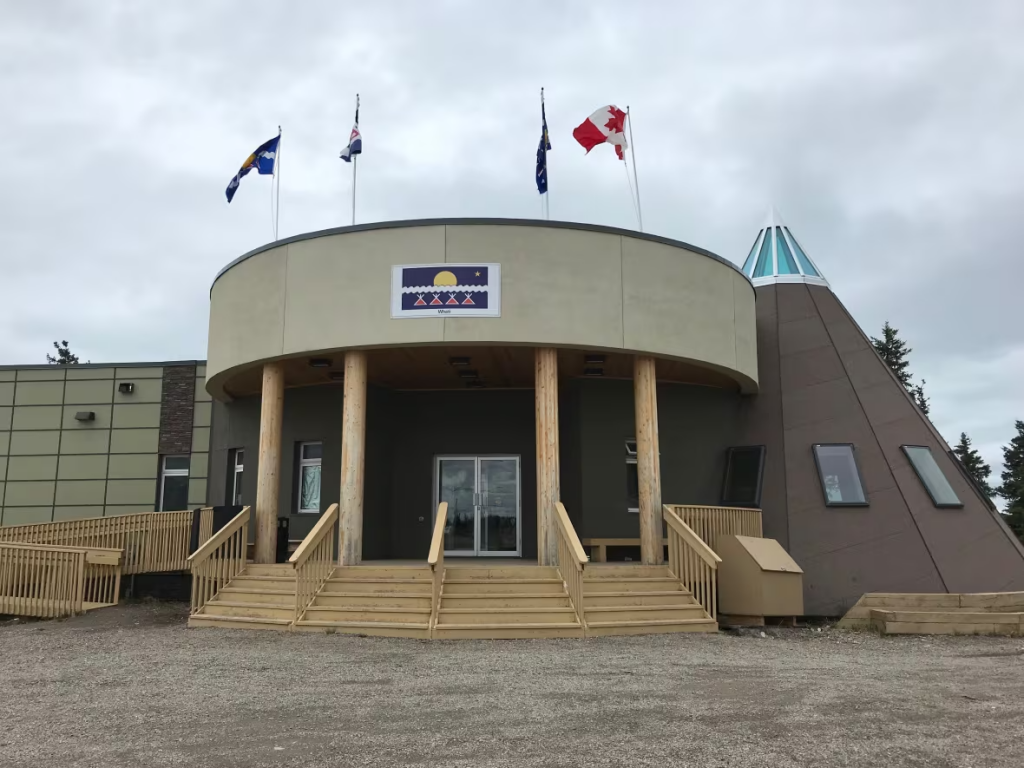Indigenous groups weigh in on closure plans for N.W.T.’s Diavik mine

Diamond mine currently set to close in early 2026
Some Indigenous groups in the N.W.T. are weighing in on Diavik Diamond Mine’s closure plans, and saying Indigenous traditional knowledge should play a bigger role in those plans.
The closure represents “the most important time in the mine’s life,” according to the Łutsel K’e Dene First Nation (LKDFN), in a written submission to the Wek’èezhìi Land and Water Board ahead of Diavik’s water licence renewal. The First Nation says the mine’s closure will determine how healthy the land and water will be after the operation is gone.
Diavik is set to close early 2026, and its water licence, which authorizes water use and waste discharge, expires at the end of this year. A public hearing on the water licence renewal application will be held in Behchoko from June 10 to 12.
In its letter to the land and water board, LKDFN urges that a condition to be added requiring Diavik to seek approval from a panel of traditional knowledge holders for all site closure objectives. The First Nation says that should be in addition to the scientific monitoring that Diavik has recommended.
“Science alone will not instill confidence in the community that water is safe to drink, fish are safe to eat, that dust levels, revegetation, and landscape features are acceptable,” LKDFN’s submission reads.
The First Nation says that only when scientists and traditional knowledge holders agree on these issues will the mine closure be deemed successful.

The Yellowknives Dene First Nation (YKDFN) raised similar concerns in its letter to the land and water board.
Matthew Spence, CEO of the First Nation, wrote in the letter that as things stand now, YKDFN is “deeply concerned that the outcomes of closure will see continued impacts on the environment, harming the return of our people.”
“For the YKDFN, safe is more than absence of harm. Safe means that our members and their families can go to Ek’a Ti and know that not only will it [not] harm them, but that they can live and prosper,” Spence said.
YKDFN’s letter also points to conflicting perspectives when it comes to water quality around the site, saying Diavik’s science-based approach to sampling suggests the water quality is acceptable while traditional knowledge studies suggest otherwise.
The First Nation says its most recent results from a monitoring camp in 2024 found only two of fifteen fish caught at the camp were deemed healthy enough for further sampling and consumption.
“At this point, YKDFN are concerned that the system places the overwhelming reliance on the sampling programs based on Western science, with a failure to provide for meaningful incorporation of the concerns founded in TK [traditional knowledge] observations,” the letter reads.
Other closed mines left ‘negative perspectives around mining’
Another Indigenous government is more optimistic about Diavik’s closure plans.
The Tłı̨chǫ government says it hopes the Diavik closure leaves a positive legacy, and doesn’t repeat the environmental damage seen at older sites in the territory like Giant Mine, or the Rayrock uranium mine.
Brett Wheler, a senior advisor with Tłı̨chǫ Government’s department of culture and lands protection, says they want to see more water testing done before Diavik closes.
Wheler said other mines that left without a proper clean-up had long-standing impacts.
“That’s caused harm to the environment and to people and it’s given sort of a negative relationship or negative perspectives around mining,” Wheler said.
He said the big areas of the Diavik site have already been cleaned up even before the mining is finished, which is a good sign.
“From a technical perspective and from the elders’ traditional and cultural perspective, when we go on site, we see that that clean-up work that’s already been completed as really positive,” Wheler said.

Wheler described how Diavik is planning to make sure the water stays clean by putting a thick layer of clean rock on top of all waste rock piles. That means when there is rainfall or snow, the water will not come into contact with the waste rock before running off into natural streams and down to nearby Lac de Gras.
“That’s the first kind of big, big step to try to keep the water clean. So most of that has been done already,” Wheler said.
Still, the Tłı̨chǫ government is recommending careful water testing to ensure it’s safe and healthy for Tłıcho citizens using the water and land around that area.
“We want to make sure that if there are any small effects that are going to be longer-term after the mine is closed, that those are really as small as possible and that they don’t have any safety or health risks,” Wheler said.
The Diavik mine is expected to be the first of the N.W.T.’s three diamond mines to close in the coming years, with Ekati expected to operate until 2029 and Gahcho Kué expected to operate until about 2030.
Related stories from around the North:
Canada: New mining legislation for N.W.T. expected to come into force in 2027, CBC News
United States: Budget reconciliation bill clears a path for Alaska drilling, mining, Alaska Public Media



